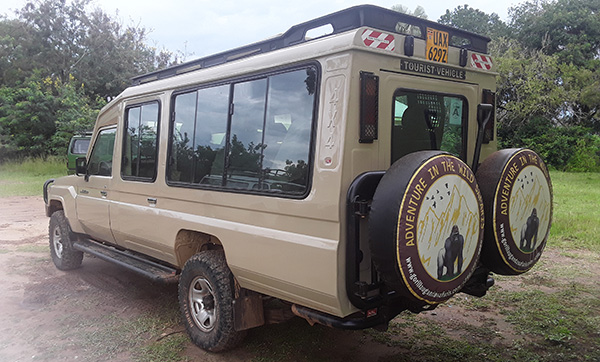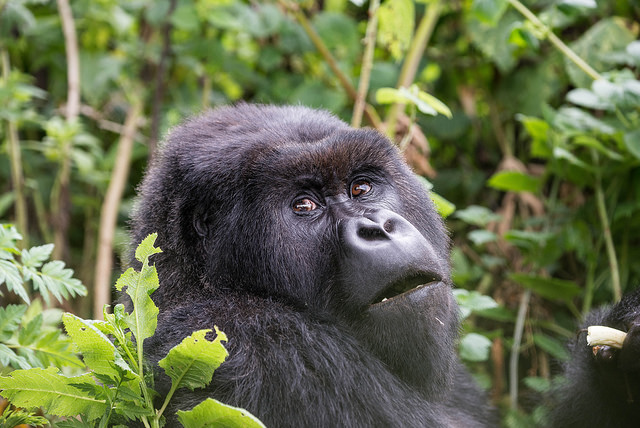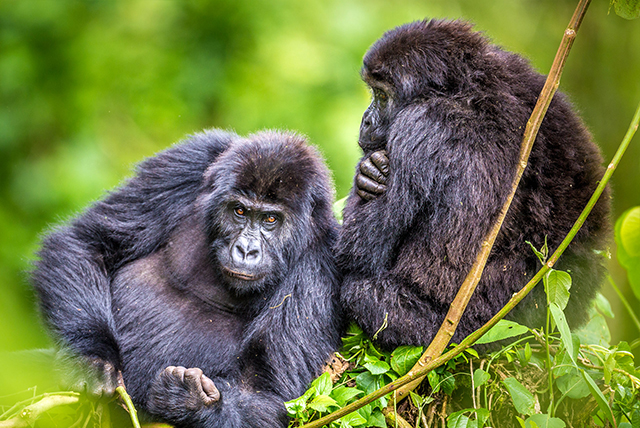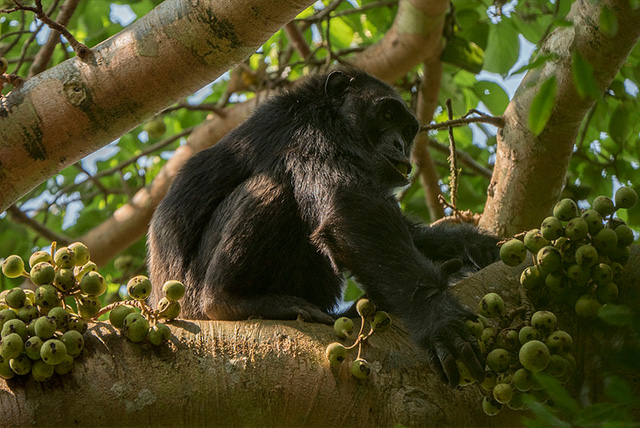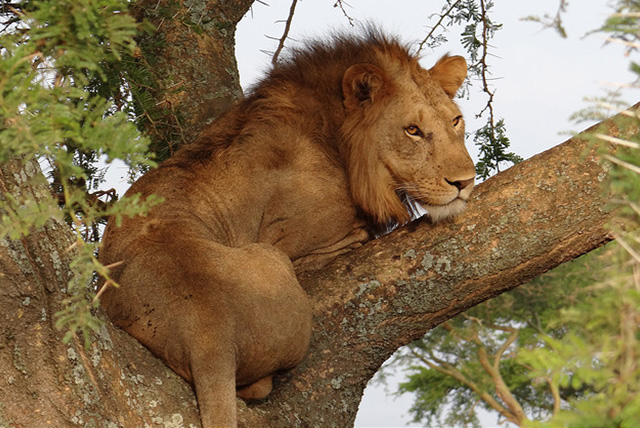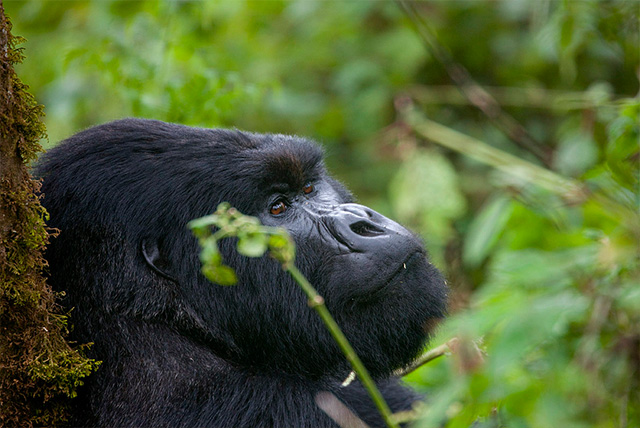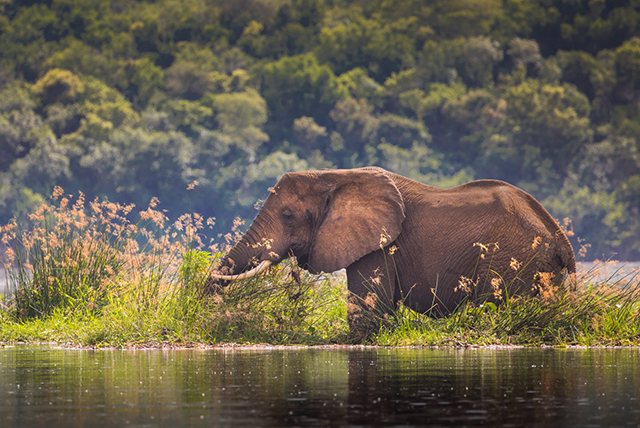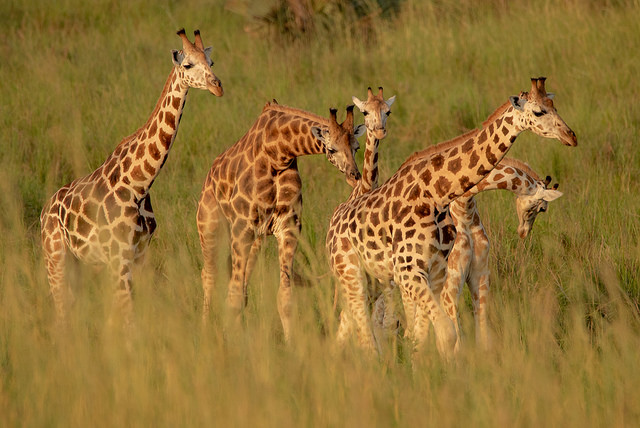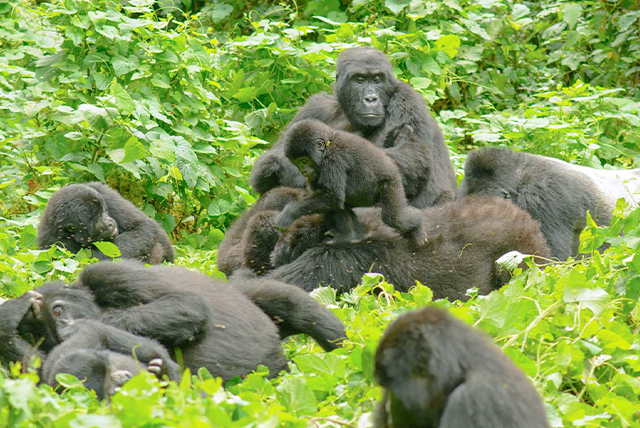Gaborone
The tale of Gaborone unfolds with excitement and rich experiences.
The capital of Botswana, Gaborone, carries the name of Chief Gaborone, who guided his tribe to this region from the Magaliesberg around 1880. Ten years later, Cecil John Rhodes selected this quaint settlement as the location for a colonial fort, where, it is rumored, the ill-fated Jameson Raid into South Africa was devised.
Initially just a modest administrative village as Botswana approached independence in the early sixties, it was selected as the location for the new capital because of its advantageous position, dependable water resources, and closeness to the cross-continental railway line.
Gaborone boasts an array of amenities typical of a vibrant capital city. There is a variety of hotels, along with options for cinemas and casinos. Restaurants abound with diversity, and nightclubs frequently feature live performances by talented local musicians.
The National Museum is located close to the heart of town and showcases significant collections of traditional crafts and southern African fine art. It is also the home of the Botswana Society, known for its deep-rooted tradition of exploring Botswana’s pre-history. Here, you can discover fascinating insights about the country, including the Aha Hills, Drotsky’s caves, and much more. On the outskirts of the city lies an international airport, ready to whisk travelers away on thrilling journeys.
Gaborone Dam
The Gaborone Dam, serving as the lifeblood of Gaborone, truly embodies the essence of the city. In a parched landscape, the significance of water cannot be overstated, and the successful construction of a massive dam here was essential for the city’s flourishing development. Nestled at the city’s edge, surrounded by rolling hills and thick foliage, lies the Gaborone Dam, the primary water source for the city.
A well-loved local resort, it offers opportunities for non-motorised water sports, though a permit from the Water Utilities Corporation is required. In the summer, avid fishermen are drawn to the allure of bass, bream, and barbel, while the Gaborone Yacht Club offers a refreshing swimming pool. This is a wise choice, considering the dam is home to the occasional crocodile that manages to escape translocation, along with the presence of bilharzia.
A journey to Molepolole, located 50kms west of Gaborone, reveals a vibrant town inhabited by the Bakwena, one of the key Tswana tribes. The diverse architecture offers captivating glimpses into the evolving landscape of Botswana society, where ancient traditions gradually yield to contemporary practices. The essence of this transformation is captured and contrasted within the quaint Sechele Museum located in the area.
Thamaga Pottery
For anyone captivated by pottery, a trip to Thamaga, located about forty kilometers southwest of Gaborone, is a must. Here thrives a rural craft project that began with Norwegian support and now flourishes independently. Thamaga bowls, platters, and goblets are renowned for their unique charm, with a hazy blue glaze that has become a signature feature, making them highly coveted by collectors.

